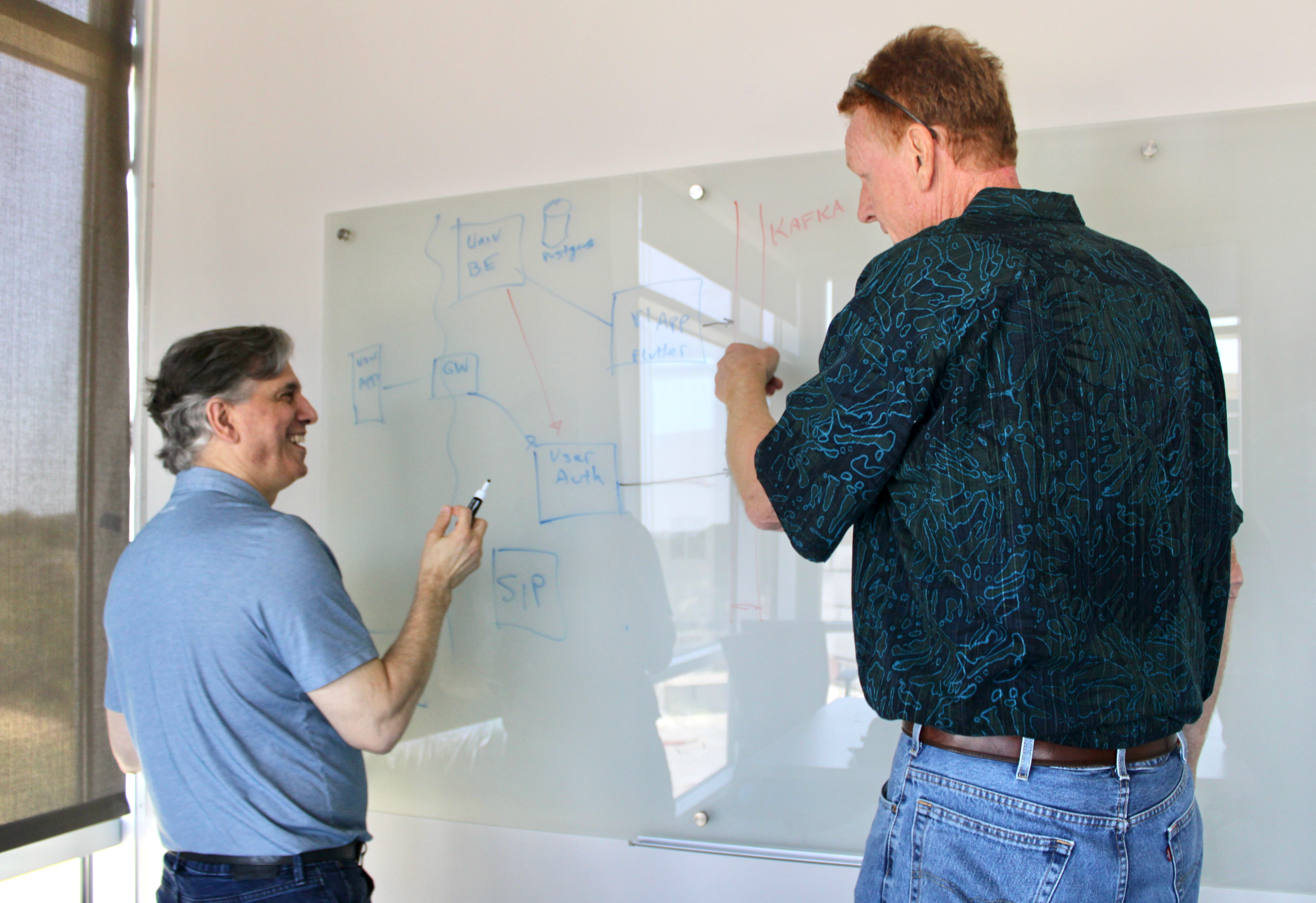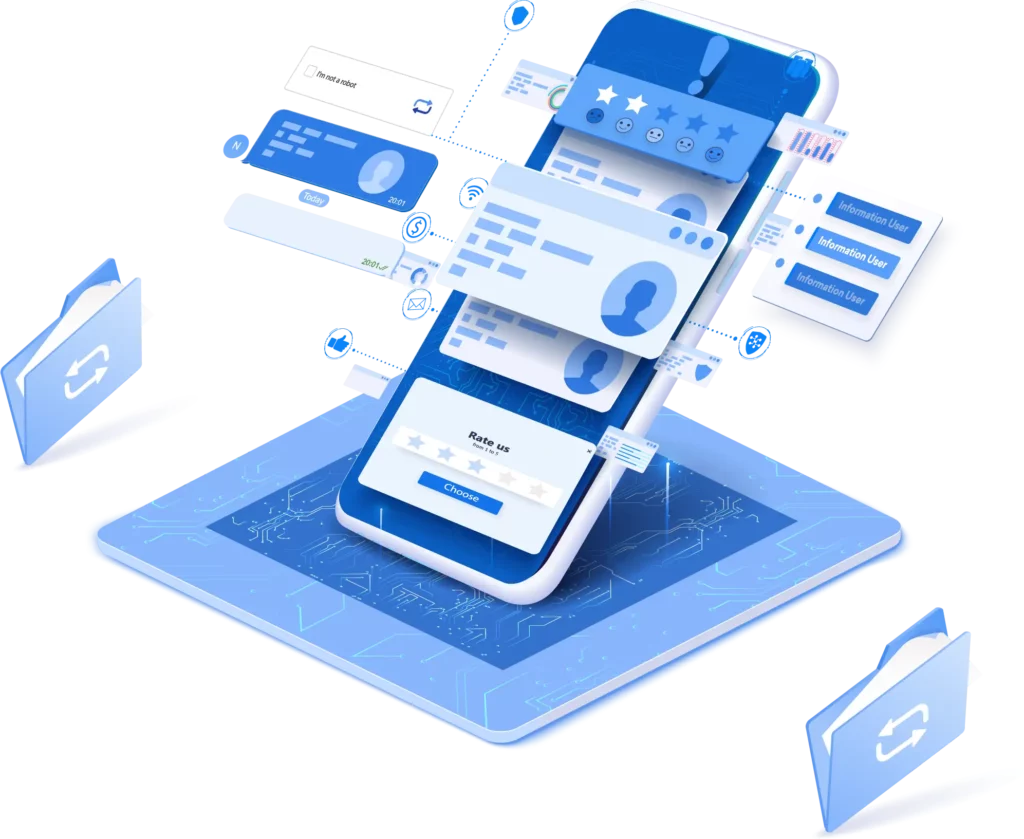Great software starts with great requirements.
Our specialty at Calavista is delivering great software projects. We are passionate about efficient and transparent development processes, and that starts with requirements gathering. Our team will work closely with you so that they can understand your true interests, and be an effective advocate for them throughout the project.

When initially designing an application, it can be easy to gloss over details – there are a lot, after all. That’s why Calavista provides dedicated team members for requirements elicitation, someone whose job is to ask “what about x?” so that you can be confident every detail is addressed.
We bring our Senior Architects into conversations early on to help define technical requirements based on your specific needs. These requirements deal with the technical specifications or characteristics of a project. They can be dictated in part by preference, but also by the needs of the product.
There are some technologies that are better suited for certain tasks than others, and our staff can provide input on which make the most sense. Calavista does a lot of projects, and we have seen how most technologies actually work in practice, regardless of the hype, so you can rely on us for a clear-eyed perspective. We also know how to ask the right questions to figure out your technical needs, parsing out what hardware, software environment, dev tools, interfaces, and infrastructure would serve your project best.


One of the most important metrics around a successful software project is user adoption – and one of the biggest drivers of user adoption is the “User Experience.” Yet that is one of the most frequently overlooked, or “under-planned”, components of software design.
While there are requirements for functionality, aesthetics do matter – any marketer would tell you that. Usability is also critically important: a software application that does exactly what it needs to, but people hate using, will not be a success.
The User Interface (UI) and User Experience (UX) that you want to provide should be defined early in the development process. Working with UI and UX designers during the requirements stage will ultimately save time in the development process. Overlooking this crucial step, the team will invariably spend valuable time writing, reviewing and re-writing the interface.
Together, these three areas provide a complete picture of the software and experience you hope to deliver. By exploring these early on in the development process and revisiting them regularly, we can make sure that the team is on track and delivering precisely what is needed. Well-defined requirements ensure the developers have a clear idea of what to do, help prevent scope-creep, and promote an efficient and effective development process.
Agile methodologies embrace change. But it’s hard to hit a target if you start out facing the wrong way. Laying out great requirements ahead of time helps your project start off in the right direction so that changes are small and impactful, rather than huge and disruptive. That’s how you achieve great software, and the experienced professionals at Calavista are committed to helping you do just that.
We can help jumpstart your next project, ensuring the requirements reflect what you actually need!
